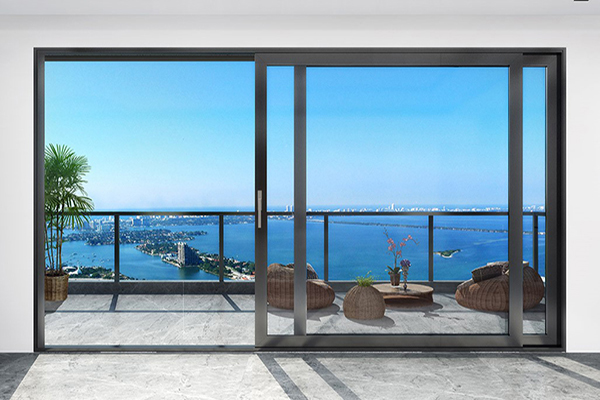What is the relationship between the K-value and the width of the glazing spacer for aluminium windows and doors?
Spacer width and thermal resistance of air layer
- The width of the spacer strip determines the thickness of the air layer between the glass. A wider spacer can form a thicker air layer, which is one of the key factors to reduce the K-value. Heat transfer in the air is mainly by convection, and as the thickness of the air layer increases, the efficiency of convective heat transfer decreases.
Spacer width and gas filling stability
- For insulating glass filled with inert gases (such as argon), a wider spacer can better maintain the stability of the gas. Gases filled between panes of glass are effective in reducing heat transfer, as these gases typically have a lower thermal conductivity than air.
Comprehensive effect with the overall thermal insulation performance
- The width of the glass spacer and the thickness of the glass itself, the thermal insulation performance of the window frame and other factors work together to affect the K value. Broken-bridge aluminium windows and doors are an overall thermal insulation system, and the proper width of the spacer bars, together with the appropriate thickness of the glass and efficient thermal insulation structure of the window frames (such as high-quality thermal bars), can minimize the transfer of heat through the windows and doors.











